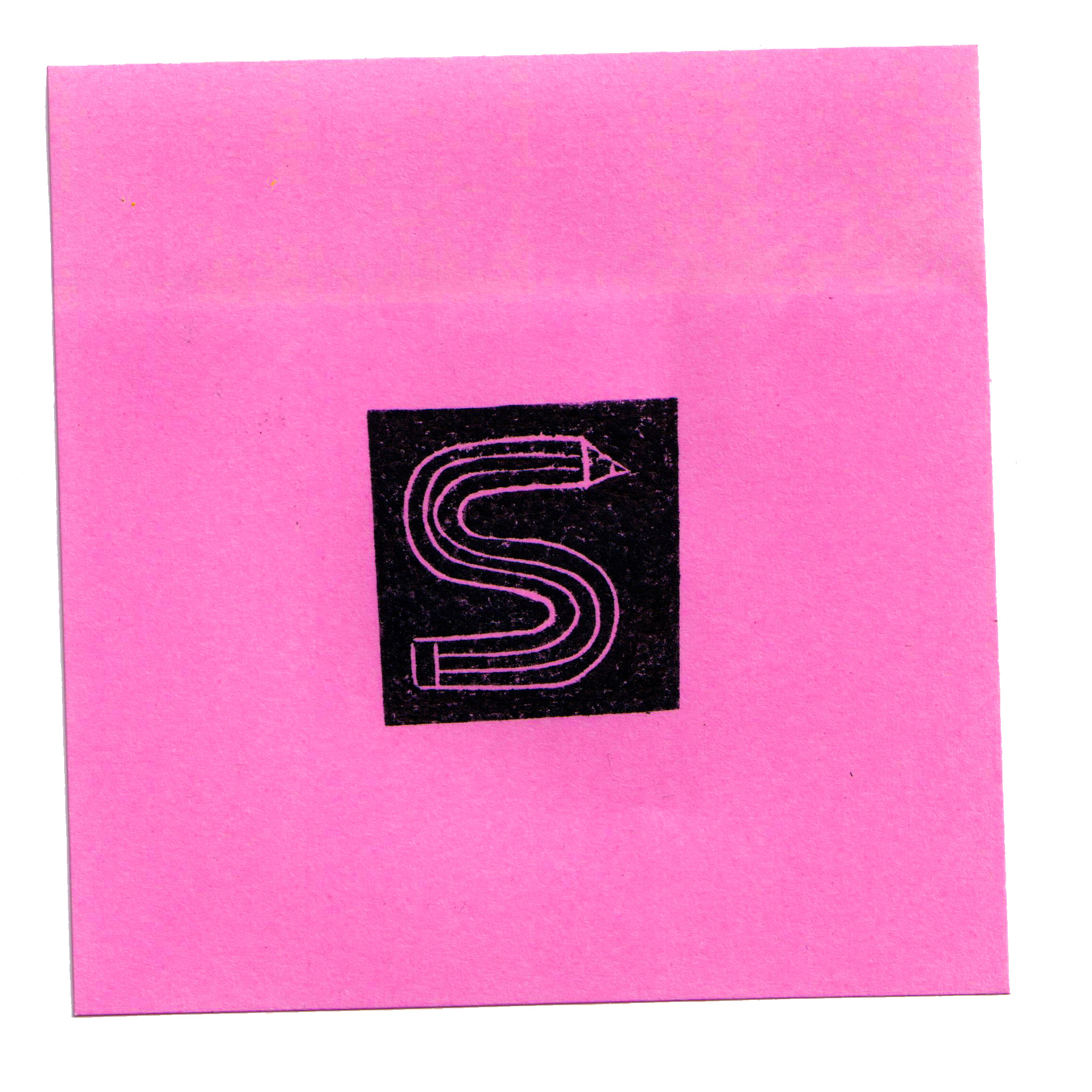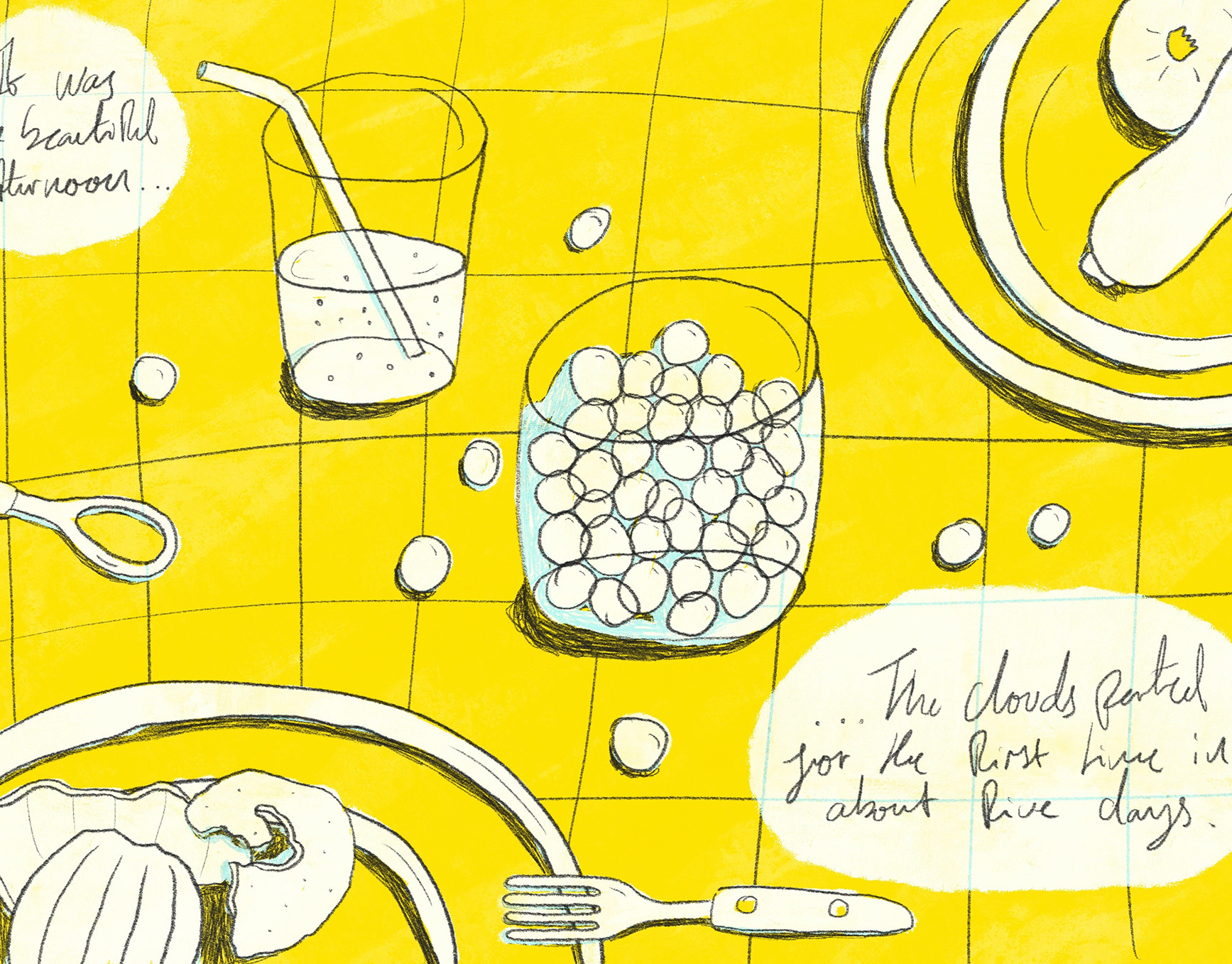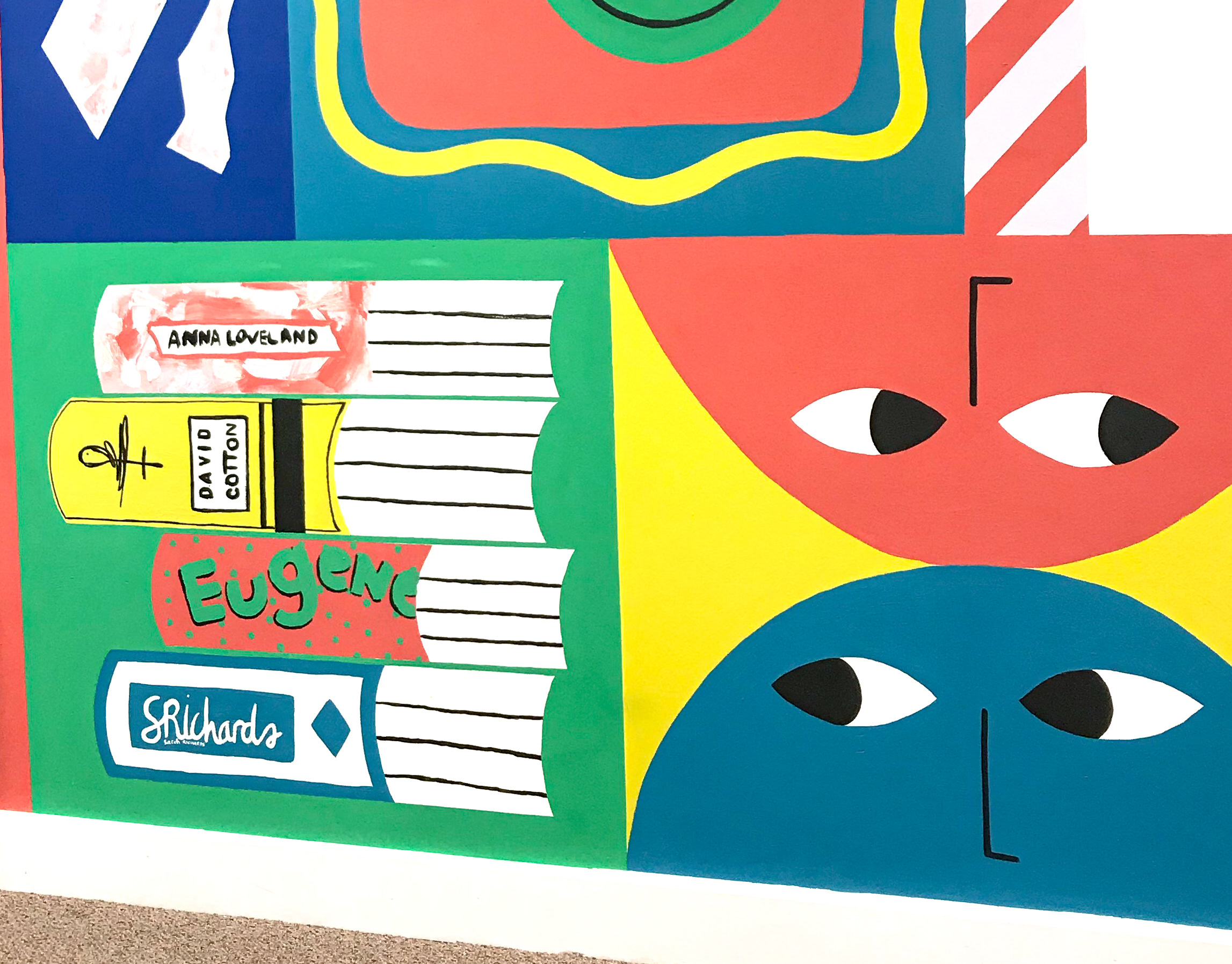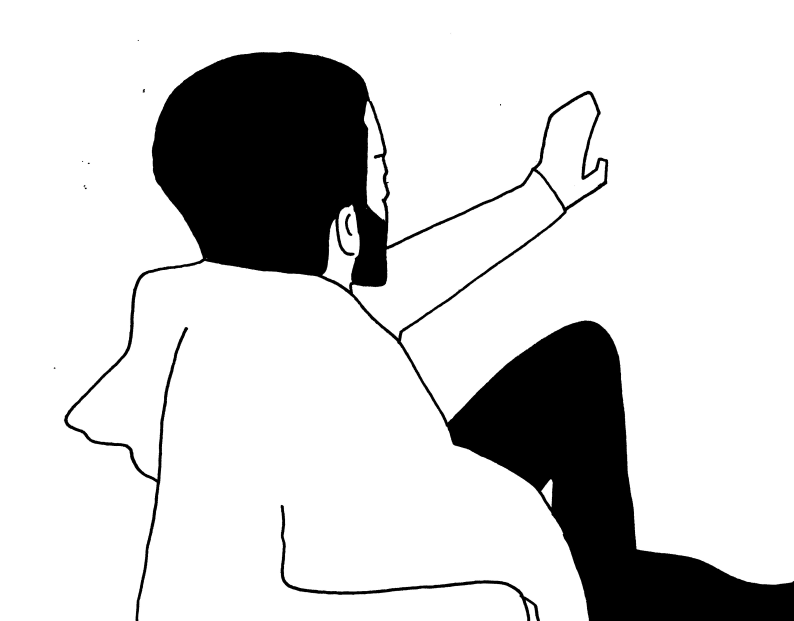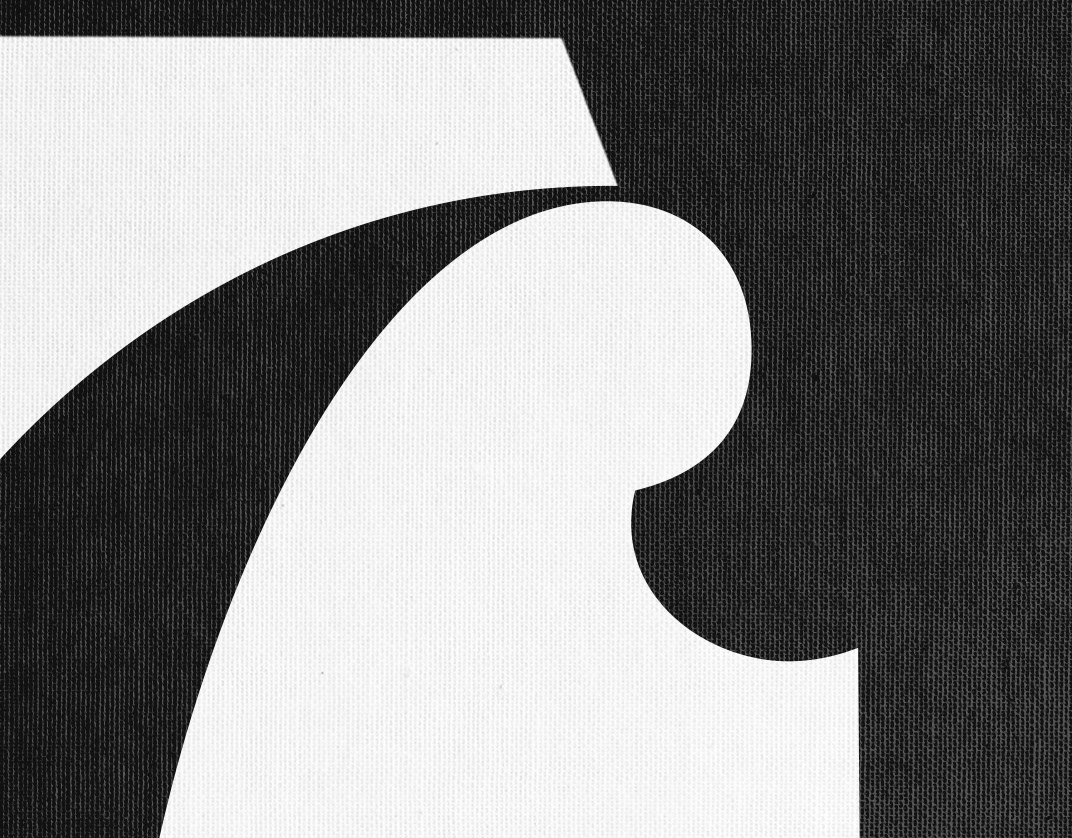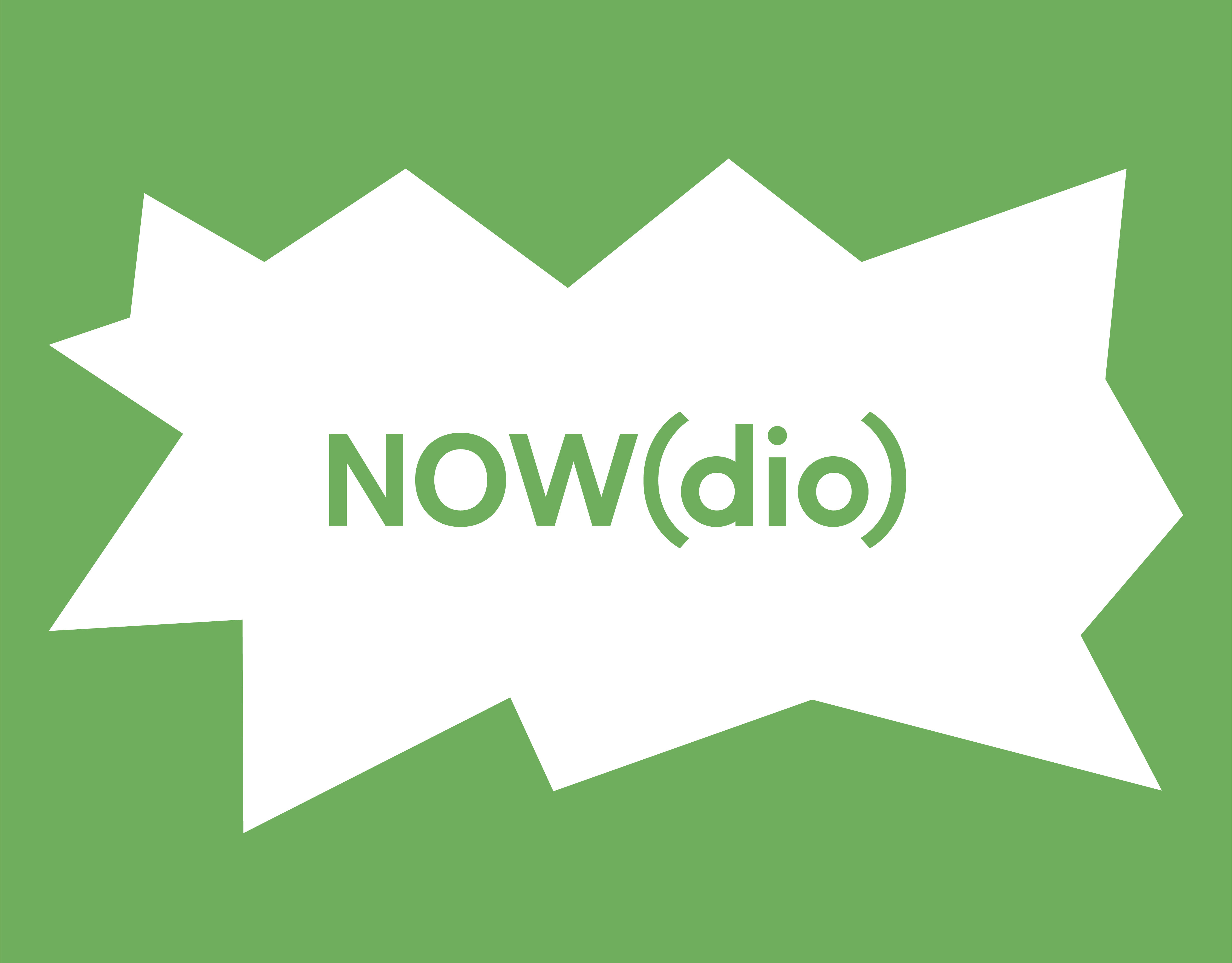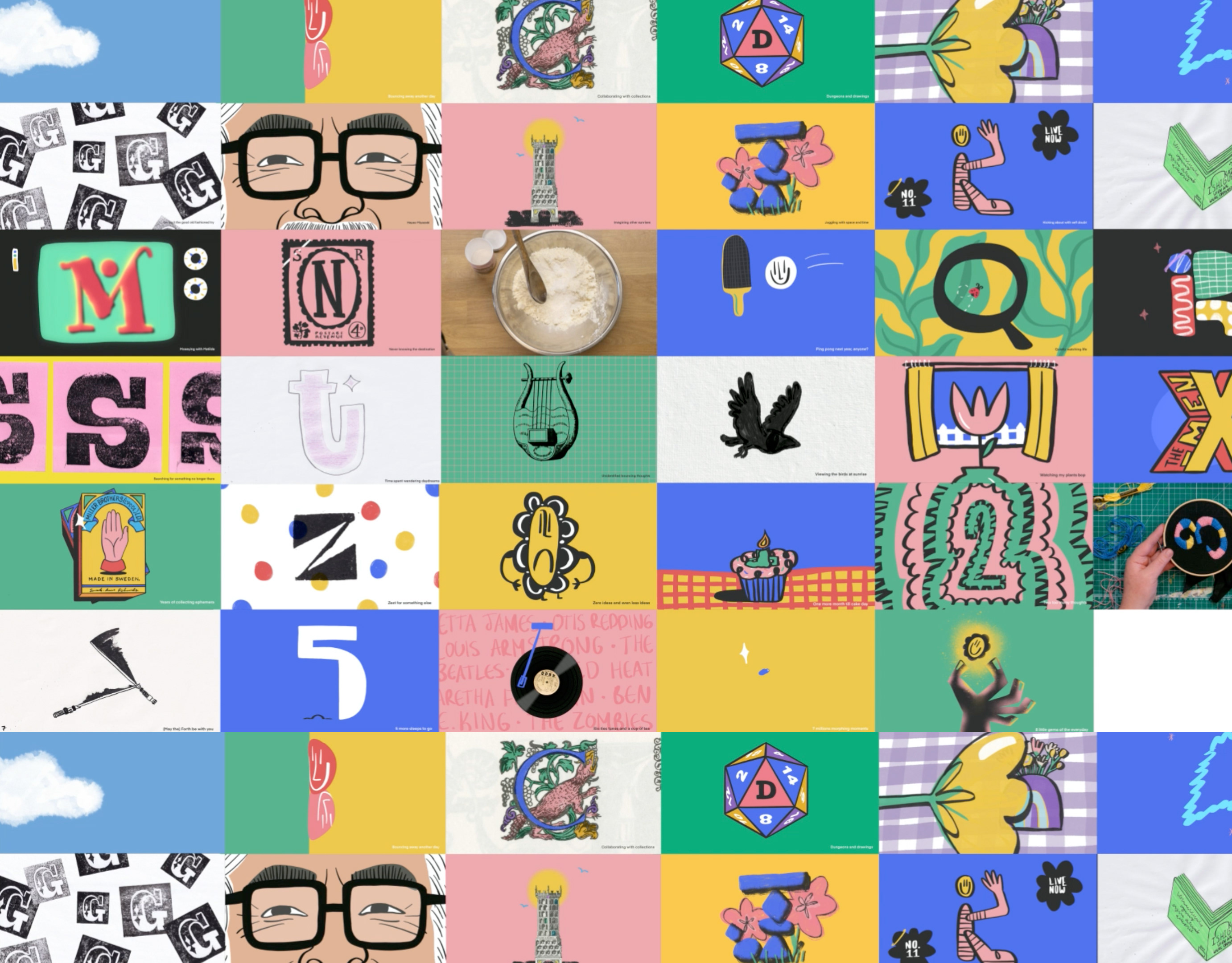Two Thirds (Bekkies Story) Brief & Outcome
My Role: From concept to research to outcome, this was my university final major project.
Deliverables: Animation
Two Thirds (Bekkies Story) showcases how memory isn’t a clear picture but instead it lives and changes along with us; formally shown with how they are contradicting each other and then the notes taken shortly after the event I found in an old photo album.
This projects intention was to create visuals which showcase the fluctuations of memory and the importance of having conversations before it’s too late. As memory is something we can't see the challenge was in creating something which didn't adhere to stereotypes, while also using visual cues of how memory functions.
I created a web of experiments that combined primary and secondary research in order to gain a deeper understanding, which ultimately led to me choosing to animate a story told candidly by my parents of the birth of their first child.
Gifs & Stills From Key Scenes
Below are some selected gifs and stills from some of the scenes featured in the above animation. These highlight the key moments of action and important parts where the story took a further turn into insanity (you'll know what I mean if you've seen the final piece above!).
Research & Experiments
As I've generally struggled with poor memory throughout my life (which has make it hard to keep connections) I decided this would be an interesting place to start a project. This led to research into how memories function, and a range of short tests exploring how to visualise memory theory in practice, which included:
- Exploring different means of redaction and repurposing of my personal image collections. This started the idea of the cut out style and it's importance in showcasing real stories.
- Further tests led to me trialing stop motion using projection, as well as making individual frames to communicate the emotions of holding on to people from your past. This directly impacted how I ended up animating my parents in the final piece.
These are the ghostly impressions of people and places from memory, with added Riso printed versions to get the different textures and imperfections.
Experiments with simplistic stop motion, using a projector to get the feeling of a memory.
Storyboards & The Process
To get an idea of the frames that would be needed, and how I was going to visually represent the story, I storyboarded the entire story in a literal way so as to aid in the stories understanding (sometimes they talk a little fast) and emphasise the dramatic moments.
I used a combination of hand drawn/painted frames, combined with Photoshop, Illustrator, Audition, AfterEffects and a plug in called Duik (see below process videos).
